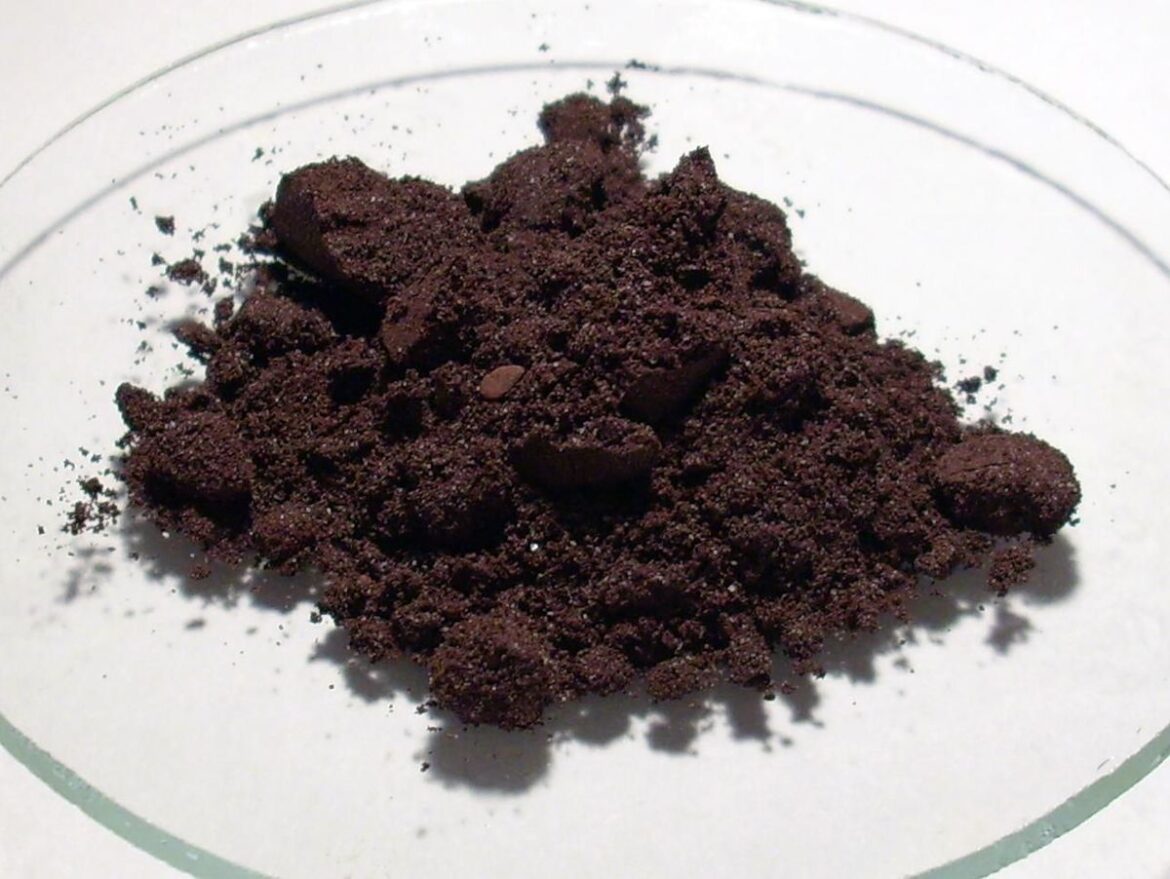POSSIBLE P4 SYNTHESIS BY ELECTROLYSIS — Lab-scale tests suggest feasibility of P4 production by electrolysis of molten metaphosphates (from phosphoric acid), potentially with energy and carbon consumption magnitudes lower than the current “thermal” route (electrothermal reducing furnaces). The authors of the study entitled “Efficient Electrosynthesis of White Phosphorus from Molten Condensed Phosphate Salts” conducted electrolysis of molten sodium metaphosphate [NaPO3]n – a commodity inorganic phosphate produced from “wet acid” route phosphoric acid. In the test reactor, the graphite anode was consumed, producing CO2, but unlike in a reducing P4 furnace, this CO2 is isolated from and cannot react with P4, so avoiding resulting energy loss. The melting point of sodium metaphosphates (628°C) is considerably lower than the operating temperature of P4 reducing furnaces (c. 1 500 °C). To avoid CO2 reacting with P4, thermal P4 furnaces currently only partially reduce coke to carbon monoxide, which is burned off, so using only two of the four potential reducing electron equivalents of the coke carbon. The authors concluded that anhydride promoted electroreduction of molten metaphosphates could in the future provide an electron, energy and climate efficient alternative to electrothermal reducing furnaces for P4 production.
CLIMATE VARIABILITY LIKELY TO INCREASE SOIL PHOSPHORUS LOSSES — Laboratory soil tests showed that simulated flooding caused phosphorus (P) release in all soil samples, accentuated if the soil was previously dried, suggesting that climatic variations between drought and flooding could increase P losses. The authors of the study “Effects of Drying and Simulated Flooding on Soil Phosphorus Dynamics from Two Contrasting UK Grassland Soils” collected 168 soil samples of 150g (dry weight equivalent) over 7 days from two different sites in North Wyke, Devon, UK, both under grazed grassland. 31 day laboratory tests were carried out in 500 ml bottles. Flooding of soils significantly reduced redox potential, more so and more rapidly in previously dried soils. Similarly, flooding increased soil pH, more so and more rapidly in previously dried soils. Flooding increased dissolved phosphorus (DRP dissolved reactive P, DUP dissolve unreactive P and TDP total dissolved P), again with greater increases of all forms in flooding of previously dried soils. Analysis suggests this is related to reductive dissolution of iron and manganese phosphate minerals in the soils, and also non-reductive dissolution of aluminum phosphate minerals. The soil with higher organic matter and biomass phosphorus released higher concentrations of DUP. The authors concluded that as climate change leads to flooding, and to variations between drought and flooding, P release from soils will increase, especially in soils high in biomass.
SCIENTIFIC TESTING OF OPTIONS FOR P-LEACHING FROM ASHES — The study entitled “Recovery of Phosphorus from Sewage Sludge Ash: Influence of Incineration Temperature on Ash Mineralogy and Related Phosphorus and Heavy Metal Extraction” presents detailed and systematic experimental comparisons of phosphorus and of heavy metal leaching from ashes of various biowastes, considering different incineration temperatures, and comparing different extractants. The authors studied the influence of incineration temperature on mineralogy and P-leaching and heavy metal leaching for ashes from a laboratory muffle furnace. The muffle furnace was operated at 550-1100°C, for two hours, whereby the higher furnace temperatures across the tested range tended to result in lower heavy metal leaching, but temperatures above 900°C also resulted in reduced P-release, probably because mineralogy shifted at higher temperatures, and because P was fixed into silicate melt at 1100°C. The reduction in P-leaching above 900°C was significant for mineral acids and very considerable for organic acids. The authors conclude that 800°C – 850°C is the optimal temperature range to generate an ash from which phosphorus can be readily leached with limited release of heavy metals, which is similar to the EU Industrial Emissions Directive requirement of a minimum ensured temperature of 850°C for 2 seconds. This publication provides a wealth of data on phosphorus and heavy metal release from ashes under different conditions and related to analysis of the ash mineralogy.




